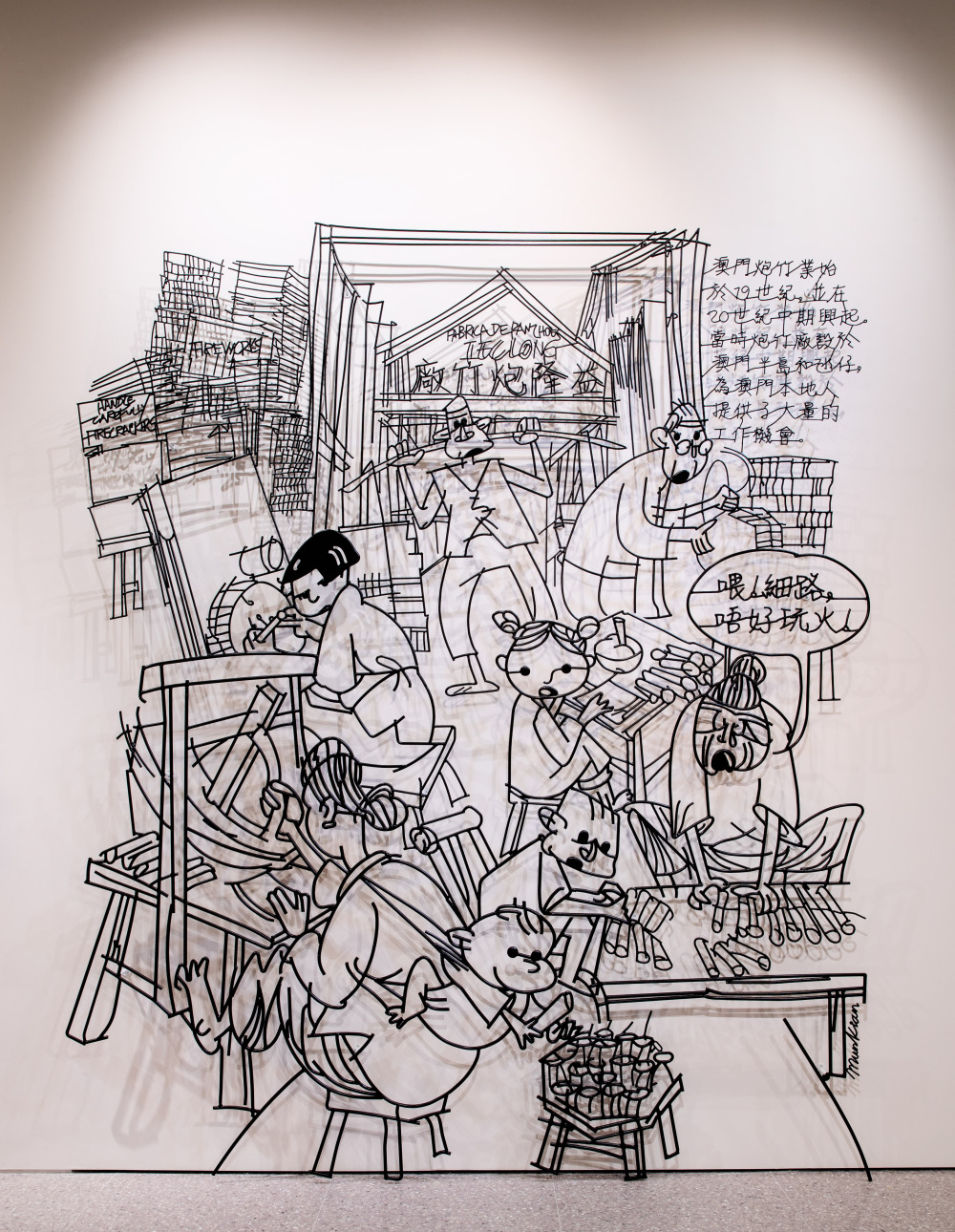

Special Exhibition of “Art Macao: Macao International Art Biennale 2021”
02
Battle of Macao
- MEDIA
- Welded Steel
- DIMENSION
- 3600H x 4200W
- YEAR
- 2021
CHILDREN'S AUDIO GUIDE
Children’s Audio Guide is only available in Cantonese & Mandarin
GUIA FORTRESS:
THE ANCIENT CHARM OF CHINESE RED PINES
Guia Fortress, along with the chapel and lighthouse, are symbols of Macao's maritime, military and missionary past.
Guia Fortress (Fortaleza da Guia) is an old fortress located at Guia Hill, the highest hill in Macao. Covering a floor space of 955 square meters, the 400 year old fortress was built between 1622 and 1638 to defend the city against Dutch invasion. It is one of oldest existing western-style fortress complexes in China.
Located on the highest point of Macao, Guia Fortress originally was a prohibited military zone for military defence and observation, and offers a panoramic view of the Macao Peninsula. It was not until 1976 when the Portuguese Army withdrew from Macau that Guia Fortress was re-opened to the public and became one of eight famous attractions of Macao, having been inscribed onto the UNESCO’s World Heritage Lists in 2005 as part of the Historic Centre of Macao.
On the fort stands the Chapel of Our Lady of Guia and the famous Guia Lighthouse. The Guia Chapel was established by Clarist nuns, who resided at the site before establishing the Convent of St. Clara. Many precious frescoes were discovered during conservation work at the chapel in 1996; the elaborate frescoes depict representations of both western and Chinese themes, displaying motifs of religious and mythological inspiration that are perfect examples of Macao's multicultural dimension.
One of the most prominent features of the Guia Fortress is the lighthouse. The 15-meter-tall Guia Lighthouse stands next to the Chapel of Our Lady of Guia and is the first lighthouse ever built on the China coast. It was constructed in 1864 with white walls and red roof, and started operating in 1865. But in the late 19th Century, the lighthouse was damaged by a typhoon and stopped operating for over 30 years, until it re-opened on June 29, 1910. On a clear day, the lighthouse is visible within 20 km, and the Marine and Water Bureau still hoists cyclone signals at the lighthouse and rings its bells as a storm warning to alert Macao citizens of impending bad weather.










